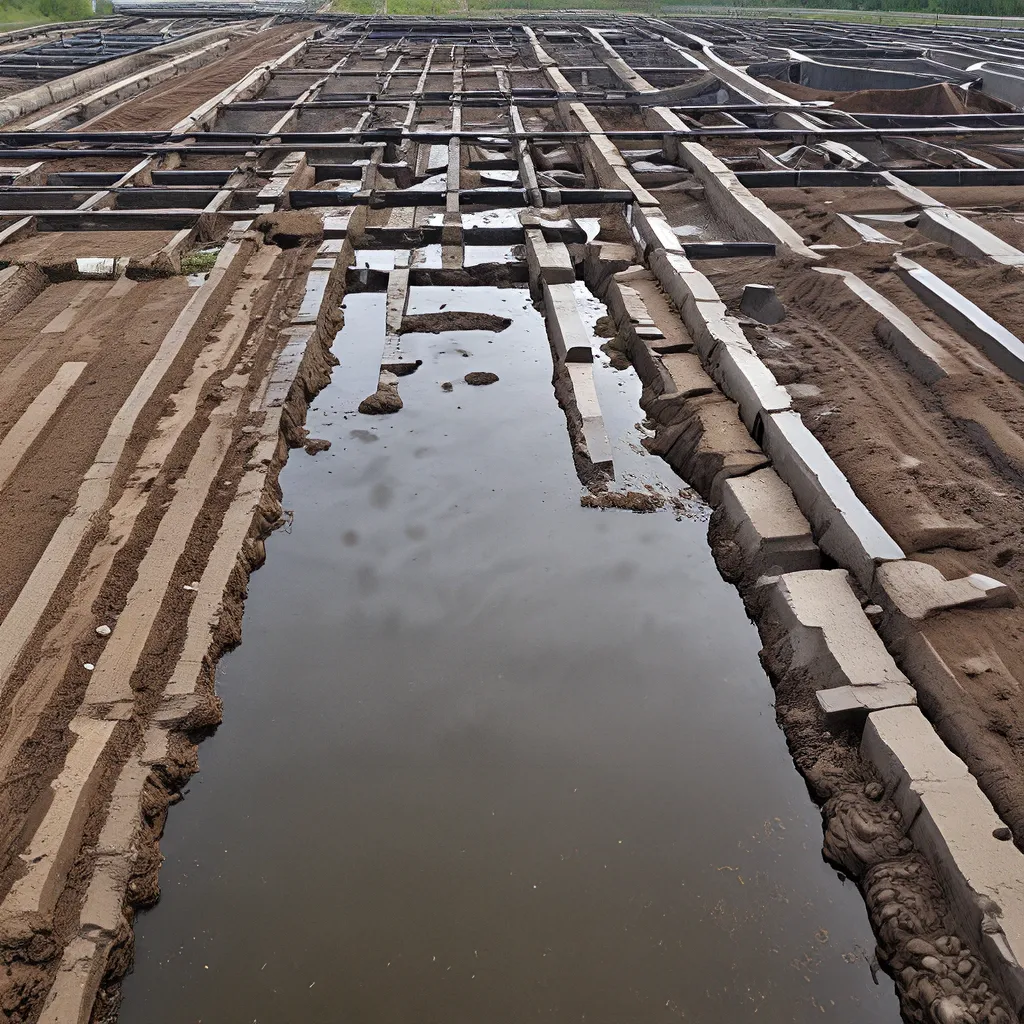
As an environmental enthusiast, I’ve always been fascinated by the intricate world of wastewater treatment. It’s a domain that’s often overlooked, yet it plays a crucial role in preserving the health of our planet and the wellbeing of our communities. Recently, I’ve been delving into the evolving landscape of wastewater sludge management, and let me tell you, it’s a complex and captivating topic.
You see, the demand for wastewater treatment services has been skyrocketing, driven by a perfect storm of factors. On one hand, we have the relentless march of industrialization across various sectors, each generating vast volumes of wastewater that need to be carefully managed. And on the other hand, we have increasingly stringent environmental regulations that are forcing industries to invest in advanced treatment solutions to meet compliance requirements.
But that’s not all. The surge in urbanization and population growth has also contributed to the escalating demand for wastewater treatment. As more and more people flock to cities, the sheer volume of domestic wastewater has soared, leaving municipalities and urban planners scrambling to find efficient ways to manage this deluge.
And the plot thickens, my friends. The technological advancements in the field of wastewater treatment have been nothing short of remarkable. From cutting-edge filtration systems to innovative sludge management techniques, the industry has been constantly evolving, offering businesses and municipalities a whole new arsenal of tools to tackle their wastewater challenges.
Navigating the Regulatory Landscape: A Minefield of Compliance
Now, when it comes to wastewater sludge management, the regulatory landscape is a veritable minefield that requires careful navigation. Governments around the world are tightening the screws on water pollution, imposing more rigorous standards and mandating the adoption of advanced treatment technologies.
Take California, for example. The state’s wastewater regulations for car wash businesses are a prime example of the kind of challenges that organizations face. These regulations dictate everything from the treatment methods to the disposal of wastewater sludge, leaving business owners scrambling to stay compliant.
But it’s not just the car wash industry that’s feeling the heat. Industries across the board, from manufacturing to chemicals to energy, are grappling with the same issues. And with the wastewater treatment services market projected to grow from a whopping $559 billion in 2022 to a staggering $804 billion by 2028, the pressure is only going to intensify.
Embracing the Evolving Landscape: Opportunities and Challenges
As the wastewater treatment industry continues to evolve, businesses and municipalities are faced with a dizzying array of opportunities and challenges. On the one hand, the technological advancements in the field have unlocked a wealth of innovative solutions that can help organizations achieve compliance and even push the boundaries of sustainability.
For instance, have you heard about the emerging trends in biosolids management? According to industry experts, the landscape is shifting, with a growing emphasis on resource recovery and the development of new end-use applications for treated sludge. This could be a game-changer for organizations struggling to manage their wastewater sludge effectively.
But, as with any significant change, there are also hurdles to overcome. Navigating the complex regulatory environment can be a daunting task, requiring meticulous planning, extensive research, and the strategic deployment of resources. And let’s not forget the potential financial implications – upgrading to the latest treatment technologies can be a significant investment, one that not every organization may be prepared to make.
Embracing the Future: Strategies for Success
So, how can businesses and municipalities stay ahead of the curve and ensure their wastewater treatment operations are future-proof? Well, my friends, it all comes down to adaptability, innovation, and a deep understanding of the regulatory landscape.
First and foremost, it’s crucial to stay informed and proactive. Keep a close eye on the evolving environmental regulations in your region and be prepared to adapt your processes and technologies accordingly. This might mean partnering with specialized wastewater treatment service providers who can help you navigate the complex compliance requirements.
Secondly, embrace the power of innovation. Explore the latest advancements in wastewater treatment and sludge management, and be open to incorporating cutting-edge solutions that can help you improve efficiency, reduce costs, and enhance your environmental footprint.
And lastly, don’t be afraid to think outside the box. The wastewater treatment industry is ripe with opportunities for creativity and resourcefulness. Who knows, your next big idea might be the key to unlocking a whole new era of sustainable wastewater management.
Remember, the journey ahead may be fraught with challenges, but the potential rewards are well worth the effort. So, let’s dive in, roll up our sleeves, and get to work on building a cleaner, greener future for our communities and our planet.